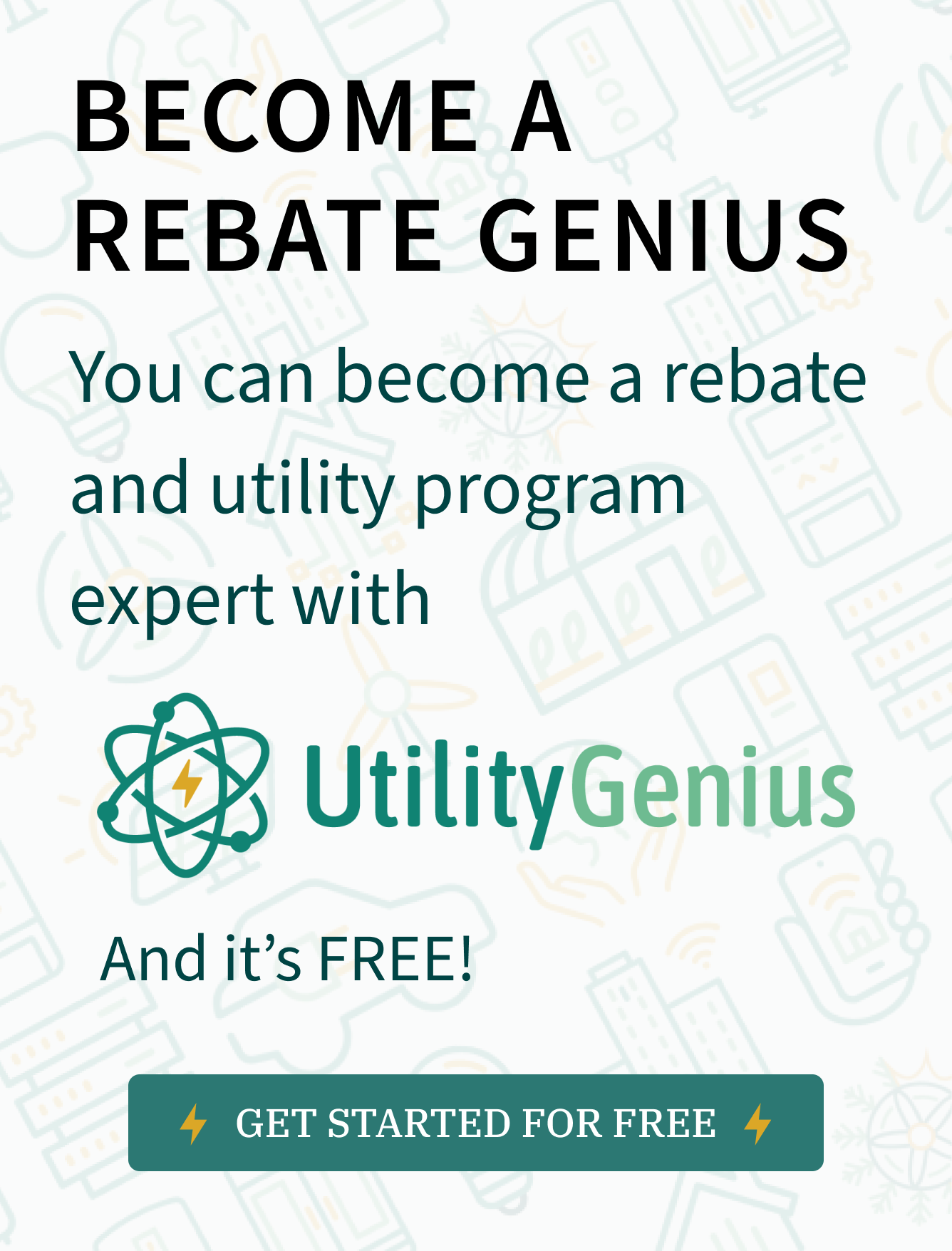-2.png?width=366&height=205&name=2021-08-Newsletter-Images%20(1)-2.png)
As we continue to push for more energy-efficient buildings, one technology that has gained popularity is Energy Recovery Ventilation (ERV). This system works by exchanging the indoor air with fresh outdoor air while recovering the energy from the outgoing air to precondition the incoming air. This process helps to maintain a healthy indoor air quality while reducing the energy needed to heat or cool the building.
But did you know that there are utility rebates available for installing ERV systems? We'll take a closer look at ERV systems and how you can take advantage of utility rebates to make them more affordable.
What is Energy Recovery Ventilation?
Energy Recovery Ventilation (ERV) is a system that recovers the energy from the outgoing air while pre-conditioning the incoming air. ERV systems work by using a heat exchanger to transfer heat from the outgoing air to the incoming air. This process helps to reduce the amount of energy needed to heat or cool the building, making it more energy-efficient.
ERV systems are especially beneficial in areas with extreme temperatures, as they help to maintain a consistent indoor temperature while bringing in fresh air from the outside. Additionally, ERV systems help to improve indoor air quality by removing pollutants and excess moisture from the air.
Heat Recovery Ventilation (HRV) systems are similar to Energy Recovery Ventilation systems in that both supply air and exhaust stale air while recovering energy from the exhaust air in the process. The primary difference between the two is that an HRV transfers heat, while an ERV transfers both heat and moisture.
Utility Rebates for Energy Recovery Ventilation
Many utility companies offer rebates to customers installing energy-efficient equipment, including ERV systems. These rebates help to offset the upfront costs of installation and make the system more affordable for building owners. The rebate amount will vary depending on the utility company, location, system, and additional energy-saving factors, but can range from a few hundred dollars to several thousand dollars. Some utility companies may also offer incentives for installing ERV systems in new construction projects.
Rebates for ERV/HRV systems are determined in a couple of ways:
- Reduction in calculated kW
- Reduction in calculated kWh
- Tons Recovered
- CFM (Cubic Feet per Minute of airflow volume)
CRM is, by far, the most utilized technique for calculating these incentives
Coverage for ERV/HRV incentives is growing, with 188 utilities across 15 states and provinces that offer incentives today.
Find utilities offering an ERV/HRV incentive in these states and provinces:
- Alberta
- Florida
- Iowa
- Illinois
- Maine
- Michigan
- Minnesota
- Missouri
- New Brunswick
- North Dakota
- New York
- South Dakota
- Texas
- Washington
- Wisconsin
Find the full list of utilities on UtilityGenius
Currently, some major programs are offering ERV/HRV incentives, including:
- Focus on Energy - Wisconsin
- PSEG Long Island - New York
- Duke Energy - Florida
- Florida Power and Lighting - Florida
- ComEd - Illinois
Quickly search nationwide by technology + category type with our new UtilityGenius Pro subscription >
Benefits of Energy Recovery Ventilation
In addition to the utility rebate program, there are several other benefits to installing an ERV system in your building. These benefits include:
Energy Efficiency - ERV systems can help to reduce the amount of energy needed to heat or cool the building, resulting in lower energy bills.
Improved Indoor Air Quality - ERV systems help to remove pollutants and excess moisture from the air, improving indoor air quality.
Consistent Indoor Temperature - ERV systems help to maintain a consistent indoor temperature, which can improve comfort levels for building occupants.
Reduced HVAC Maintenance - ERV systems help to reduce the workload on the HVAC system, which can result in less maintenance and lower repair costs.
Energy Recovery Ventilation (ERV) systems are an excellent way to improve indoor air quality and reduce energy consumption. By taking advantage of utility rebates, building owners can make these systems more affordable and achieve a faster return on investment.
If you are considering installing an ERV system in your building, be sure to check UtilityGenius to see if your utility offers a rebate program. With the benefits of improved indoor air quality, energy efficiency, and reduced maintenance costs, an ERV system is an investment that can pay off in many ways.
.png?width=500&name=2019%20e%20news%20spotlight%20logo%20(1).png)




